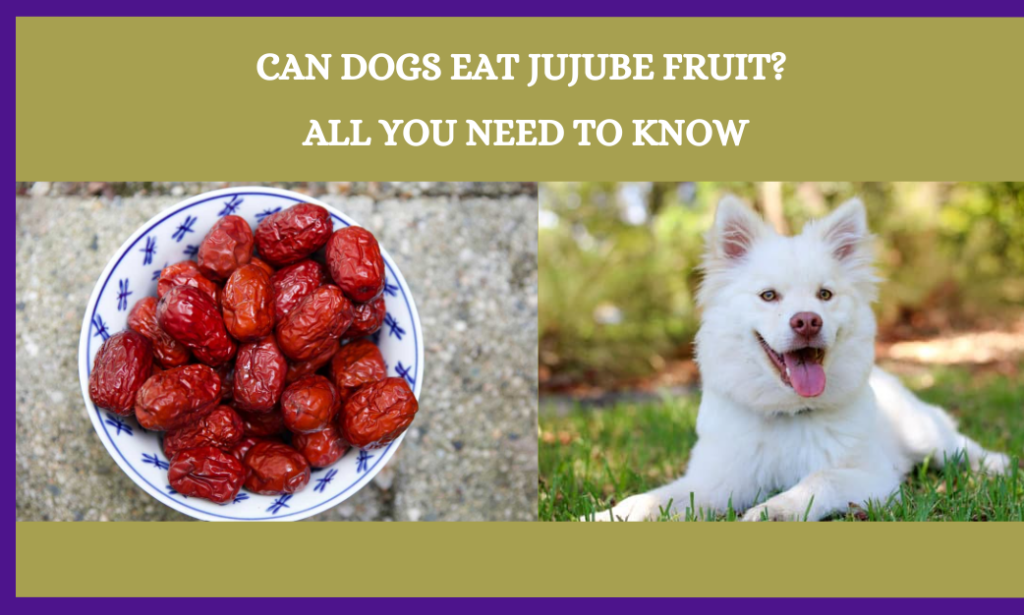Figs and dates are both sweet fruits that have been enjoyed by people for a very long time. Even though they are alike in some ways, such as having lots of fiber and healthy plant chemicals, there are also important ways they are different. This includes how they look, taste, and feel when you eat them.
In this article, we’ll look at what makes figs and dates similar and different. We’ll also talk about the good things each fruit can do for your health. Whether you already like these fruits or want to give them a try, keep reading to learn why figs and dates can be tasty and healthy choices for your diet.
Table of Contents
- Understanding Figs and Days
- Looks and Flavor
- Nutritional Information: Comparing Figs and Dates
- The Health Benefits of Figs and Dates
- How to Cook with Figs and Dates
- How to Pick and Keep Figs and Dates
- Recipes to Try with Figs and Dates
- Frequently Asked Questions
- Are figs and dates the same?
- Are dates or figs better for constipation?
- Can you substitute figs for dates?
- Which has more sugar dates or figs?
- Are figs and dates the same?
Understanding Figs and Days
Figs and dates are sweet and yummy fruits, each with its own unique taste and feel. Figs originally come from the Middle East and parts of Europe. They have a shape like a raindrop with a skin you can eat, inside of which is a juicy part with little seeds that make a nice crunch.
Figs can be soft and chewy and taste a bit like honey. Their sweetness can be either gentle or strong, depending on the kind of fig. The color of figs can be anything from deep purple to light green.
Dates grow on palm trees in places like the Middle East and North Africa. They are small, longish fruits with wrinkly brown skins, very sweet insides that stick to your teeth, and hard seeds.
Whether they are fresh or dried, dates have a flavor like caramel and honey that works well in many types of food, from main dishes to desserts. Dates tend to be firmer than figs and have a very chewy texture, with a taste that reminds people of a mix of caramel and honey.
Comparing the two, figs have a softer and juicier texture with a variety of flavors. Dates are harder and chewier, with a strong taste that’s like caramel and honey.
Looks and Flavor
Below is a chart that shows how figs and dates differ in how they look and taste:
| Figs | Dates | |
|---|---|---|
| Looks | Soft, chewy fruit with thin skin, moist inside, and crunchy seeds; available in many colors | Wrinkled, sticky fruit with a dense, chewy feel, mushy inside, and a hard seed; usually brown or black |
| Flavor | Sweet and nutty taste, with hints of flowers and honey; gentle when fresh and chewy, more sweet when dried | Deep and sweet flavor, with notes of caramel and honey; very chewy and sticky |
Figs are fruits with thin skins, and inside, there is a juicy part with seeds that give a pleasant crunch. They can be found in shades ranging from deep purple to a light yellow, and their taste is deep and nutty. Some kinds of figs even have a scent like flowers and honey.
Dates, however, come with a skin that’s a bit wrinkled and sticks, and inside, there’s a mushy part as well as a big hard seed. Dates usually come in brown or black colors and have a firm, chewy texture. Their sweetness is close to that of caramel and honey.
You can eat both figs and dates fresh or dried. Fresh figs are in season in late summer and early fall, and they have a lighter taste and a more tender feel than when they are dried. Dried figs can be found all year and are usually chewier and sweeter than the fresh ones.
Dates are typically enjoyed dried because they last longer this way, and they’re also easier to find. No matter how you eat them, both figs and dates are tasty and full of nutrients.
Even though figs and dates don’t taste or feel the same when you eat them, they are both naturally sweet and full of flavors that people love to use in cooking and baking.
Nutritional Information: Comparing Figs and Dates
Here’s a chart that shows what nutrients you can find in figs and dates:
| Figs (dried) | Dates (dried) | |
|---|---|---|
| Calories (per piece) | 47 | 66 |
| Sugar (g) | 12 | 18 |
| Fiber (g) | 1.5 | 1.6 |
| Potassium (mg) | 116 | 167 |
| Magnesium (mg) | 17 | 21 |
| Calcium (mg) | 24 | 15 |
| Iron (mg) | 0.2 | 0.2 |
| Vitamin B6 (mg) | 0.05 | 0.1 |
Remember that these values can change depending on which variety you have and how the fruits were prepared. Fresh figs and dates might have different amounts of nutrients compared to when they are dried.
Figs and dates are packed with nutrients that are good for you, offering a bunch of vitamins, minerals, and plant-based compounds. Let’s look at what’s in each fruit:
- Calories: Both dried figs and dates have quite a few calories. A dried fig has about 47 calories, and a date has about 66 calories.
- Carbs: These fruits are rich in carbohydrates, especially sugar. One dried fig has about 12 grams of carbs, and one date has around 18 grams.
- Fiber: Figs and dates are excellent for getting dietary fiber which helps with digestion, keeps blood sugar levels steady, and can lower bad cholesterol. A dried fig has 1.5 grams of fiber, and a date has 1.6 grams.
- Vitamins & Minerals: Both fruits are full of nutrients like Vitamin B6 and minerals such as calcium, magnesium, and potassium. These help your body in many ways like keeping your bones strong, fighting off sickness, and making sure your eyes stay healthy. Dried figs also have a bit of iron (0.2 mg per fig).
- Antioxidants: Figs and dates are loaded with antioxidants that protect your cells from damage and may lower the chance of health problems like diabetes and heart issues. Figs have substances called phenolic compounds, and dates have something called carotenoids.
Both fruits are great to have as part of a healthy diet. Although they’re sugary and have lots of calories, they also have lots of important vitamins and minerals that can help keep you healthy if you enjoy them in moderation.
The Health Benefits of Figs and Dates
Figs and dates are packed with nutrients and offer several health benefits:
- Good for Digestion – They have lots of fiber. This helps your gut work better and stops you from getting constipated. The fiber also helps control your blood sugar and reduces bad cholesterol.
- Keeps Bones Strong – Eating figs and dates gives you calcium and other important minerals to make your bones strong. Eating them often might lower your chance of getting weak bones and other related diseases.
- Heart Friendly – These fruits have antioxidants that protect your heart and can help avoid heart disease. They also have little fat which helps keep your blood pressure and cholesterol in check.
- Controls Blood Sugar – Even though they are sweet, figs and dates don’t make your blood sugar spike because they have a low glycemic index, which is good for people with diabetes.
- Preventing Cancer – Figs have a special thing called benzaldehyde that may help stop cancer cells from growing, and dates have flavonoids that might lower the risk of cancer.
- Rich in Nutrients – With lots of vitamins, minerals, and antioxidants, figs and dates are good for your overall health. Plus, you can use them in many different recipes, from sweet treats to savory dishes.
Remember, figs and dates have quite a few calories, so it’s best to enjoy them in moderation. Fresh fruits usually have fewer calories than the dried versions. If you’re watching your calorie intake, go for fresh when you can.
How to Cook with Figs and Dates
You can use figs and dates in many tasty ways:
- Snacks: You can eat them as they are or pair them up with things like nuts, cheese, or chocolate. Try stuffing them with nut butter for a yummy treat.
- For Baking: Put chopped figs or dates in your bread, cakes, muffins, or cereal bars to make them sweet, moist, and tasty. They’re a good natural substitute for sugar or honey.
- In Drinks: Add them to your smoothies or shakes along with other fruits like berries and bananas for extra sweetness and a flavor boost.
- Savory Meals: Give a twist to your salads, stews, or meat dishes by adding figs or dates for a bit of sweetness and deep flavor.
- Sweet Preserves: Turn figs or dates into delicious jams or pastes to enjoy with bread, crackers, or on top of yogurt and oatmeal. They can also be made into chutneys and relishes that add a special taste to lots of dishes.
Figs and dates bring natural sweetness and flavor to almost any kitchen creation. Whether it’s for a quick snack, a baked dessert, a tasty drink, or a savory main course, these sweet fruits have much to offer.
How to Pick and Keep Figs and Dates
| Choosing Figs | Keeping Figs | Choosing Dates | Keeping Dates | |
|---|---|---|---|---|
| Fresh | Look for ones that are soft, a bit wrinkly but not hard | Keep them cool in the fridge either in a paper bag or wrapped up in a paper towel | They should be shiny and smooth without any wrinkles or bad spots | You can leave them out at room temp in a tight container for many months |
| Smell | They should smell sweet | – | Should also have a sweet smell | – |
| Touch | They’ll feel heavy for their size | They’re a bit sticky when you touch them | – | |
| Watch Out | Avoid if they’re mushy, leaky, or have mold | – | Don’t pick ones that are hard, very dry, or molded | – |
| Advice | Wash them only when ready to eat | – | – | To keep them from clumping, toss with a bit of flour or cornstarch |
| How Long They Last | They go bad quickly so eat them soon after buying | – | They last long, even at room temp for months | Put them in the fridge or freezer to keep even longer |
This table helps you to know what to look for when you’re buying figs and dates and how best to store them.
Recipes to Try with Figs and Dates
Recipes that include Figs and Dates:
- Fig and Prosciutto Pizza: Put fig slices, thin slices of prosciutto, bits of goat cheese, fresh arugula, and a drizzle of balsamic glaze on a flatbread. Bake until it’s nicely crispy.
- Almond and Fig Pie: Spread almond paste over a pie crust, add sliced figs on top, bake until it’s nicely browned, and enjoy with a dollop of whipped cream.
- Fig and Ricotta Toast: Put ricotta cheese on a piece of toasted bread, add fig slices, sprinkle with chopped nuts and a drop of honey, and you’ve got a quick and tasty bite.
- Walnut and Date Energy Balls: Mix pitted dates, walnuts, oats, and vanilla in a food processor, make small balls and keep them cold until they firm up.
- Chicken stuffed with Dates and Goat Cheese: Make a slice in a chicken breast, fill it with goat cheese mixed with chopped dates and herbs, bake it thoroughly, and serve it with your favorite salad.
- Date and Cinnamon Smoothie: In a blender, combine dates, a banana, almond milk, cinnamon, and ice to create an energizing and tasty smoothie.
Figs and Dates are fantastic ingredients that add something special to both sweet treats and savory meals. Give these recipes a try for unique and enjoyable flavors. They’re not only delicious but also full of health benefits, perfect for quick snacks or nutritious breakfast items like energy balls and smoothies. So why not start experimenting with figs and dates in your recipes today?
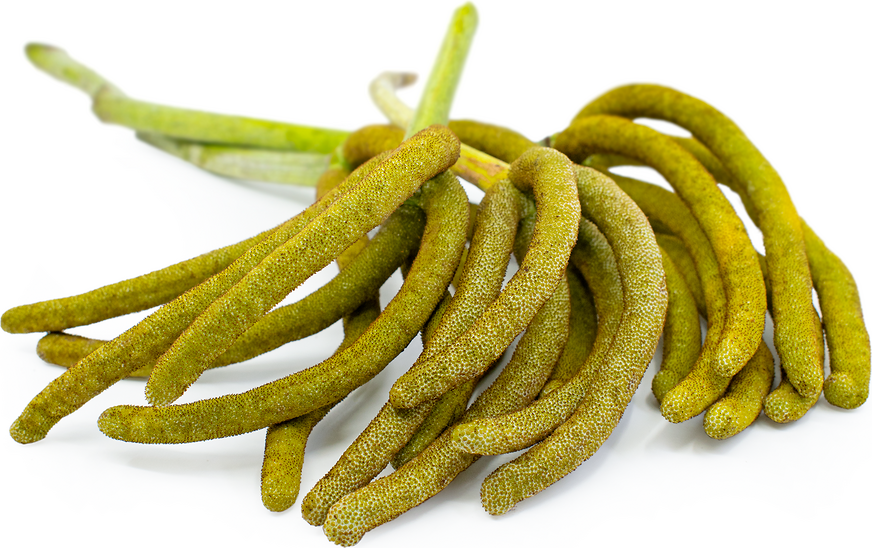
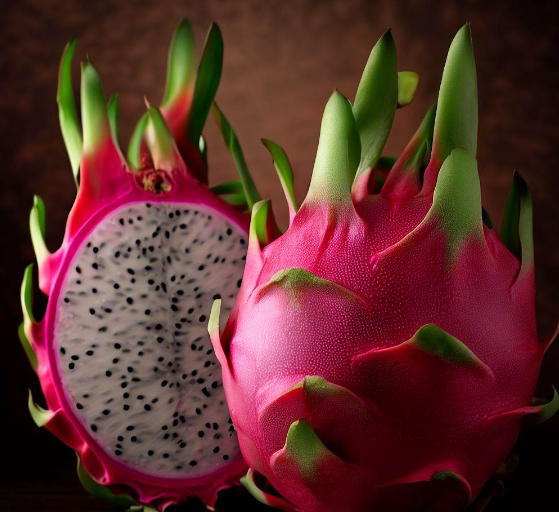

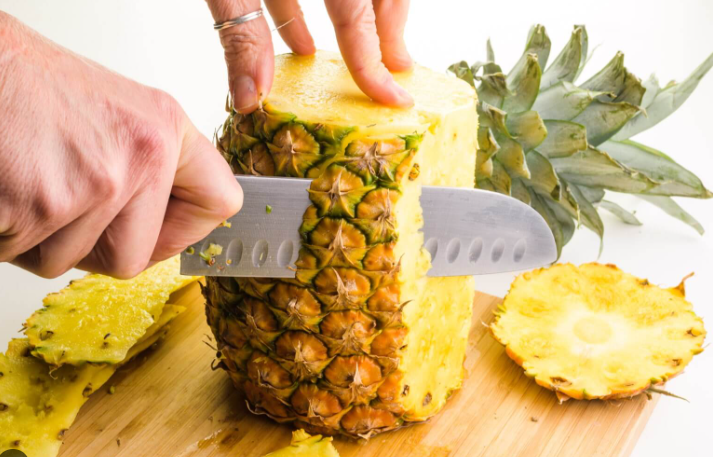
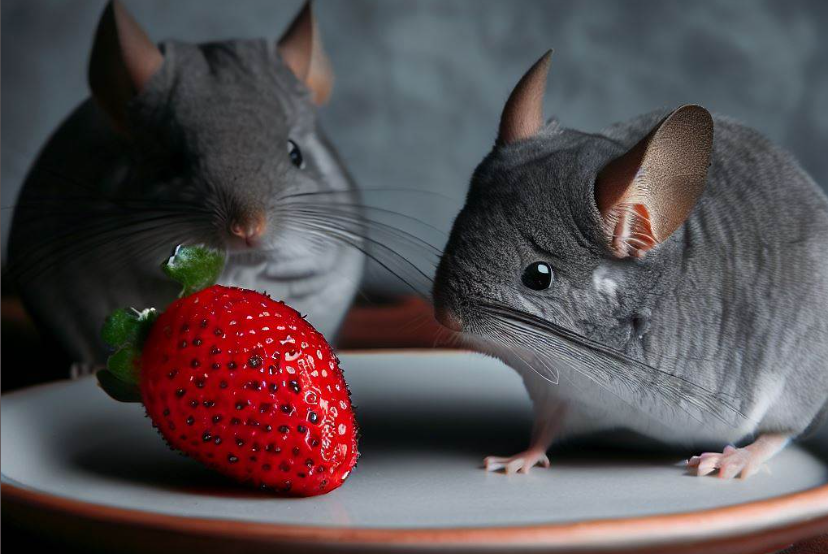
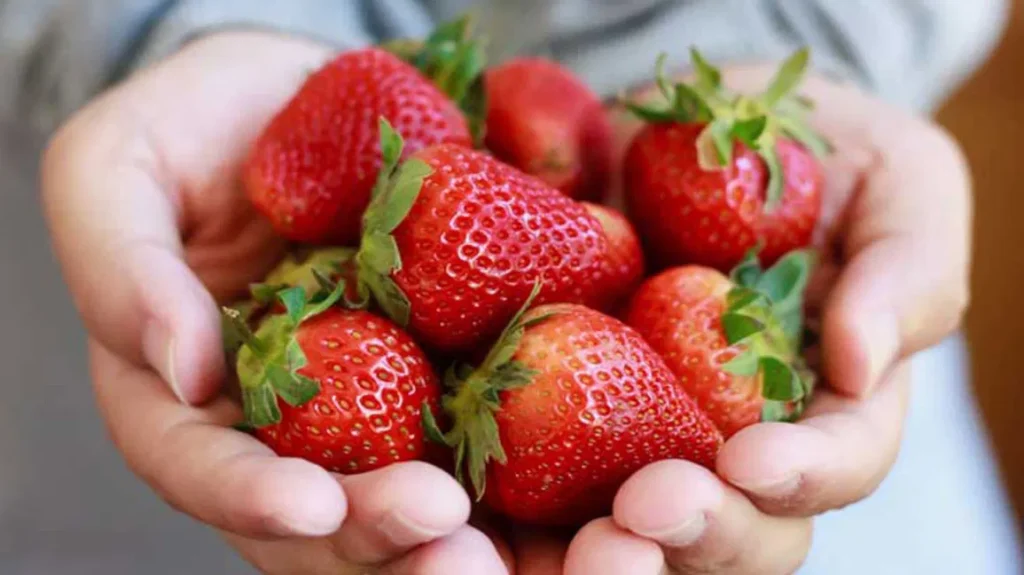
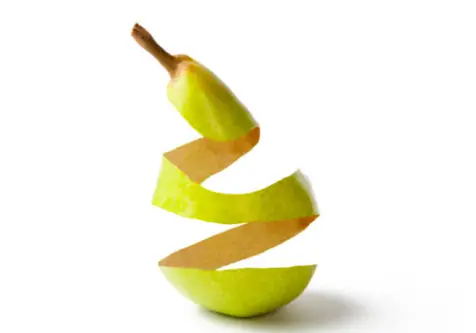
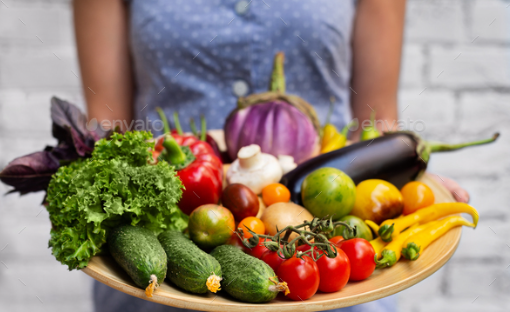
![What Is the National Fruit of Ecuador and Why? [ANSWERED]](https://fruitonix.com/wp-content/uploads/2023/04/What-Is-the-National-Fruit-of-Ecuador-and-Why-1024x637.jpg)
